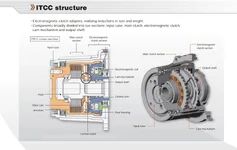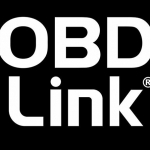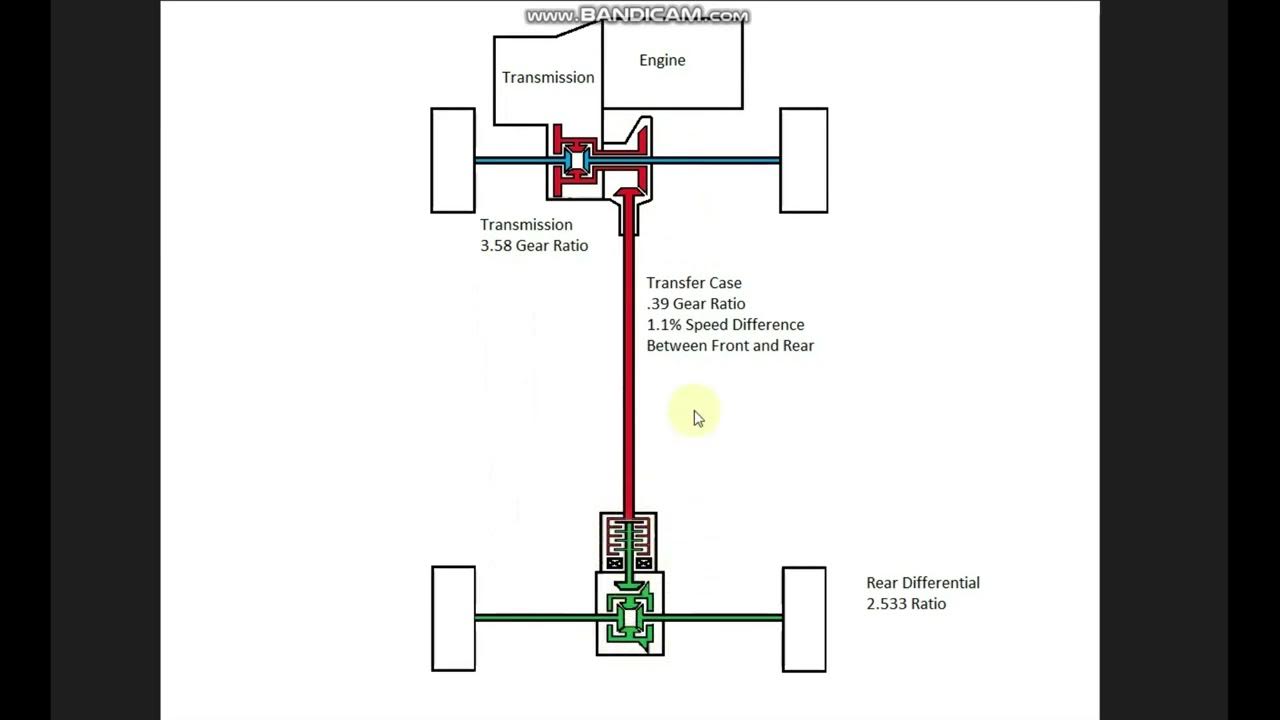HyFlyer
2019 CX5 sig 2.2 diesel / 2016.5 CX5 touring 2.5na
- :
- Southwest Ohio
I had Forscan on my phone before I had to reset it, now it can't be installed on Android apparently because of some bad blood between Forscan and Google play. Does anyone know of another app like it? Was a damn good app.
According to FORscan on their website https://forscan.org/ under the "what's new" tab ...
December 26, 2022 - FORScan Lite v1.5.16, FORScan Demo v1.5.16 for Android are released
Due to another blocking of our account and application on Google Play, starting from this version we will distribute it only through our own site. We had to issue two editions of FORScan Lite for Android: Google Play Edition for users who purchased license on Google Play and Independent Edition for new users. More information can be found on our Support page.
You should be able to get it directly from their website for your Android device. Maybe have to change a setting on your device to accept third party vendors in play store. At least long enough to install FORscan.





